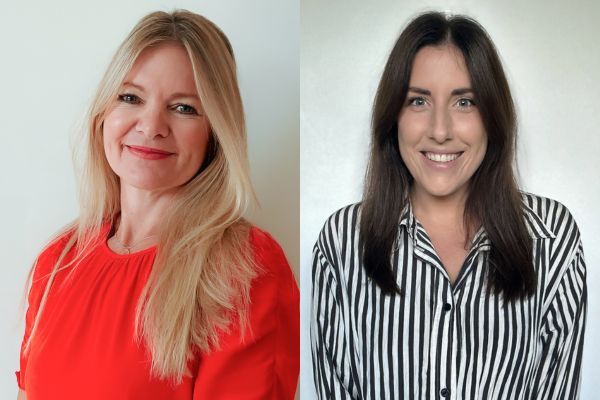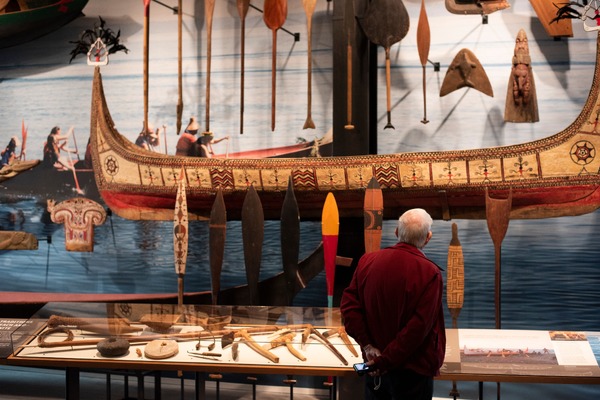'Here's why bias in travel matters'
 TTG Staff
TTG StaffIt’s a sobering thought that as an industry we could jeopardise growth from an already challenging position.
As we move forward in a world where competition, and the focus on the ethics and morals of companies and industries has never been so high, it has never been more important to address bias and its effects on what we do, how we do it and to whom.
What can go wrong?
By limiting diversity in our customer base, we leave ourselves and the industry vulnerable to the economic risks associated with narrow target demographic groups.
Bias dampens our perception of our market’s needs and therefore our ability to innovate. And because everything starts with people, we unwittingly make bias inherent to the tools and technology that we use to do business at scale.
We know that the understanding of who our current customers are and why, are crucial prerequisites to marketing and operational success. This understanding drives us to operate in certain markets and make decisions on the services we provide because we think we know our customer.
But do we know who our customers could be? Have we unwittingly excluded wider groups? The size of the missed opportunity can be substantial if we shape our business propositions around a subset of what our market could be.
The effect on the brand
If our businesses are seen as biased in today’s landscape then this inevitably results in a weakness in the brand image, and a negative effect on our clients’ and potential clients’ trust in us.
And this bias can have a halo effect on the entire industry. Unwittingly or not, the travel sector, like many others, is biased.
The problem of course is much bigger than travel alone. Are we as aware as we should be of the bias in our customer service environments?
A Harvard business review investigation across 6,000 hotels observed that replies to customer enquiries from frontline employees were less responsive to obviously non-white customers and objectively less helpful and friendly. Experiences like these further undermine an industry’s ability to foster a diverse customer base.
Change starts from within
Recent world events have taught us that the focus on diversification may be improving, but is not yet solved.
Just as ensuring that our businesses proactively target diverse markets, we must power the change from within, and that means ensuring that people in internal teams are reflective of the diverse nature of the customers we want, and the world we live in. And it’s not just good for the soul; it positively impacts the trust of your customers and improves the effective achievement of the goals we deliver as teams.
Diversification in teams promotes creative problem solving and adaptation to new problems, and of course ensures a constant eye on keeping unintentional bias out.
Bias limits growth
As well as undermining customer trust and the risk of legal and regulatory problems, bias limits business growth in all industries, including travel.
Many types of bias affect our cognitive reasoning and decision-making. Disproportionate representation of some customer demographics, and the limiting effect that bias has on innovation characterised by current client data can then magnify these same biases at scale when utilising machine learning (ML) tools.
No company is immune to the ill effects of improperly utilising ML technology, from global titans in the technology to small companies and even governments. Wherever ML endeavours are taking place the ramifications of less than prudent design and execution can appear.
Whether it be in the way we use ML to help us recruit, market, or provide our services, the most common shortfalls are of data being used incorrectly training, models with bias, substandard data to begin with, or models being poorly optimised.
Poor data can exacerbate potential bias or underlying discrimination at scale. This can create problems morally and legally, as well as affect the customer experience and brand trust. And of course, these effects will be seen financially.
The ramifications are serious, but it doesn’t need to be this way.
Breaking the models into broad strokes as far as model design, model build, and model validation helps data scientists to raise the important questions that you need to ask of your data modelling and how it is trained.
Jordan Browne-Moore is a bias expert at Beyond Analysis
What steps do we take to avoid it?
As a data scientist there is a responsibility to constantly check the models that you design:
• Have we intentionally or unintentionally ignored any group?
• Is the feature set relevant to what we’re trying to measure or predict?
• Are the ways we have sorted training data proportionate to the population data as a whole?
• Is the model optimised and methodology appropriate to its purpose?
• Is your model accuracy similar for all groups?
• Are you models meeting the criteria of the use case they were designed for?
• Were the feature set in the training environment similar to the ones experienced with the data in the current environment?
• Is the model’s weighting of certain features what is to be expected?
• Are there any anomalies in predictions or unexpected in the data?
What should you know when you start looking for bias in your business?
- Realise that bias can happen to any business, big or small
- Bias isn’t always easily seen so be prepared to dig
- Be objective. Don’t audit with bias. If you don’t have the resources to do it yourself make sure that partner with a third party who you can trust to be objective
- Keep an eye on the shape of your people, those you recruit, reward and retain
- Schedule regular data reviews
- Audit your customer data, your communications – your target audiences, imagery, and messaging
- Processes and models are journeys not destinations – regular checking is key
Sign up for weekday travel news and analysis straight to your inbox

TTG Staff
Supplier Directory
Find contacts for 260+ travel suppliers. Type name, company or destination.












